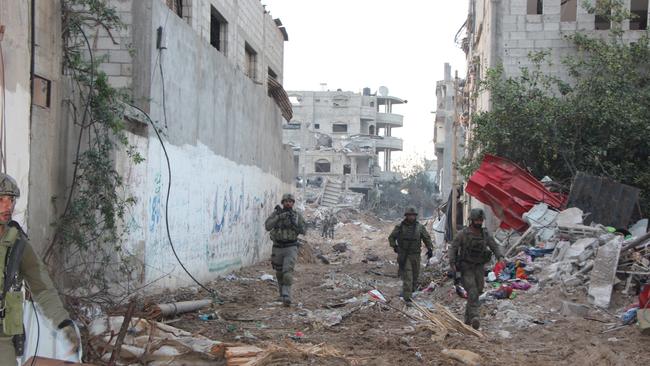
“We prepare and we use our power – tanks, drones, all available means. Then we set out and conquer ground … We’re achieving our mission, day by day, slowly slowly, achievement after achievement.”
Lieutenant-Colonel Tourjeman is the commander of the IDF’s 906th infantry battalion, attached to the 36th Armored Division. The 36th is one of three IDF regular divisions engaged in Gaza. Last week, I accompanied the division into Shejaiya, observing its howitzers, tanks and infantrymen in action. Their mission, as Tourjeman told me, is “to topple Hamas … to destroy terrorist infrastructures … taking apart the structures that threaten Nahal Oz, Alumim and Kfar Aza. So that when we leave here, not a single terrorist will be able to connect to the communities and citizens that live in them”.
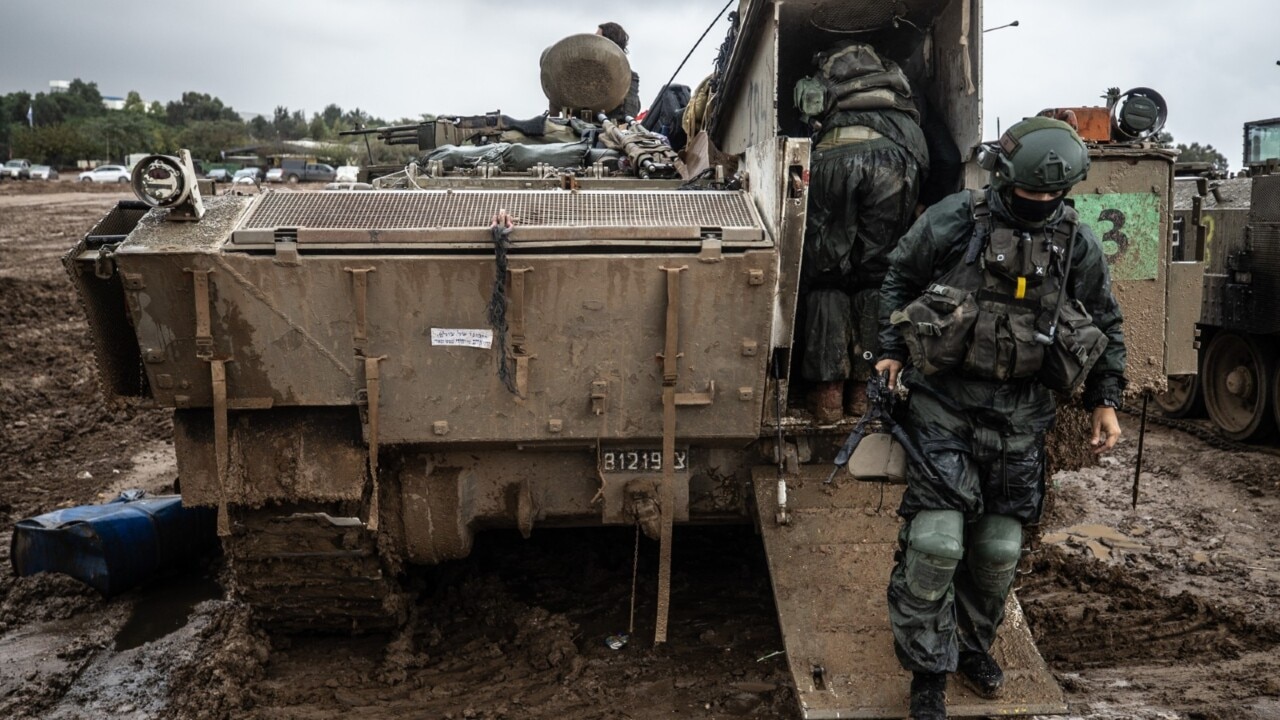
I don’t claim objectivity. A couple of decades ago, I was a soldier in the 36th Armored. It was this formation that saved Israel’s north in October 1973, and I am proud of the association. All the same, I have witnessed Israeli military failure as well as success. I have no interest in providing soothing bromides to the system that failed so signally on October 7. There have been subsequent dreadful errors, too. The accidental killing of three escaped Israeli hostages on December 15 by IDF troops in Gaza is among the most heartbreaking.
And still, it can now be stated clearly, the IDF is winning its war in Gaza. In the course of the past two weeks, the signs have become increasingly clear.
The 36th is engaged in daily firefights in Shejaiya. The Hamas fighters are still able, here and there, to surprise the Israelis, emerging from “schools, mosques, kindergartens”, as Tourjeman told me. But any concerted defence of ground with an intention of remaining in control of it is already a thing of the past for Hamas in northern Gaza.
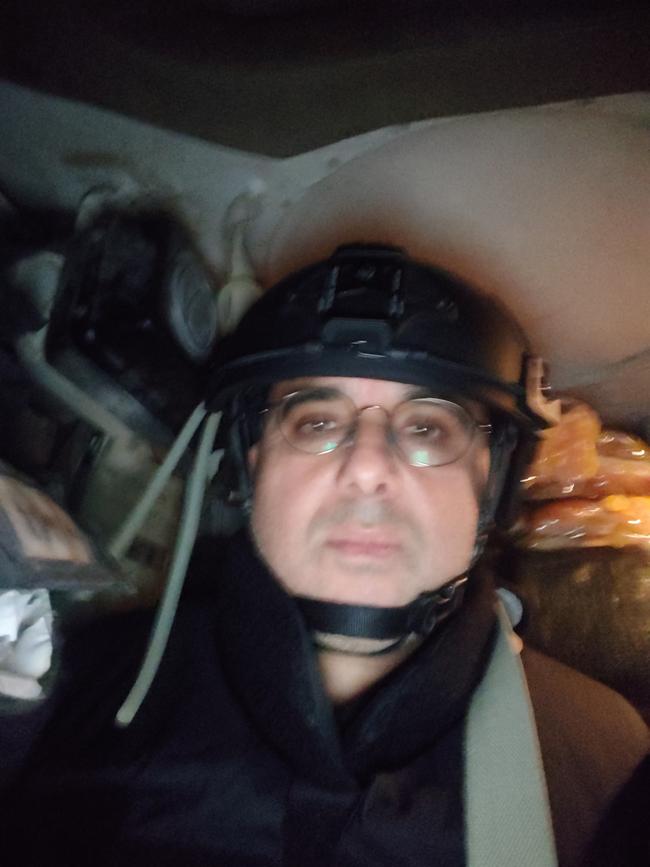
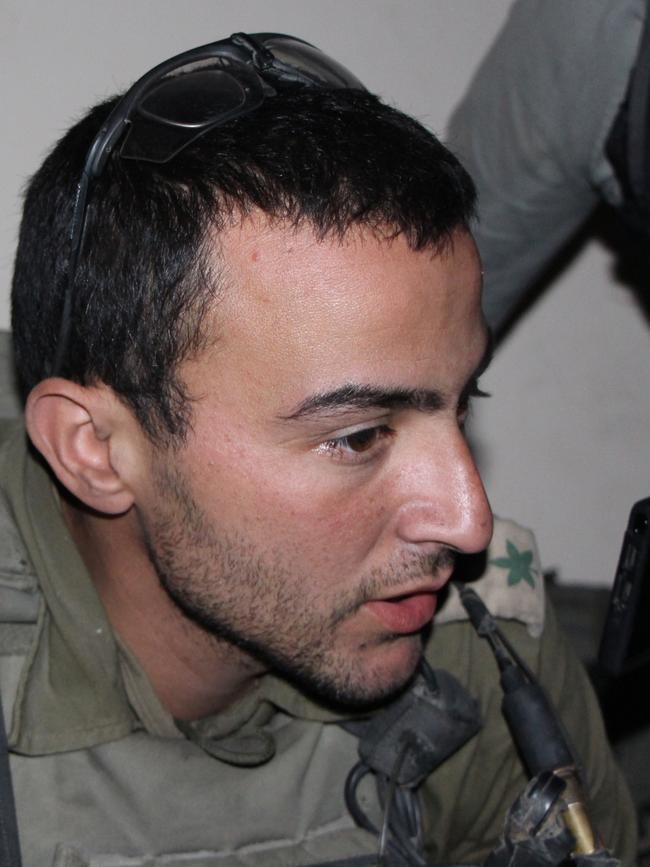
In the south, the 98th Airborne has rapidly surrounded Khan Yunis. This is the hometown of Hamas’s key leaders in Gaza – the Sinwar brothers, Mohammed and Yahya, Marwan Issa and Mohammed Deif. A hard fight almost certainly awaits there.
But it is in Jabalya refugee camp, adjoining Gaza City, the area of operations of the 162nd Armored Division, where the indications that the Islamist fighters may be reaching breaking point are clearest.
Over the past week, in Jabalya, large numbers of Hamas gunmen began to surrender to Israeli forces. Ammunition and food, presumably, had begun to run low. It is not clear to what extent Hamas retains centralised command and control of its forces in northern Gaza. Amid such conditions, a growing number have decided surrender is preferable to death.
The three regular divisions engaged in Gaza are all moving forward. The Islamist gunmen of Hamas have not succeeded in turning the tunnels, alleyways and houses of Gaza into a graveyard or a barrier for the Israeli troops and armour.
The overarching strategic reason for Hamas’s diminishing resistance is clear. Insurgent organisations take a severe risk when they set themselves up as quasi governing entities. Lacking the conventional firepower of their enemies, they can only maintain their rule for as long as they can ensure political conditions or sufficient deterrence to dissuade their enemy from an all-out effort to destroy them.
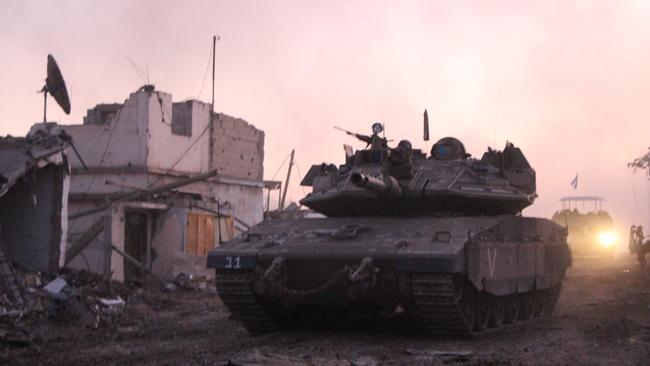
Once those conditions disappear, recent history is replete with examples of de facto governing entities established by paramilitary organisations that were then defeated and destroyed by overwhelming conventional force. Islamic State in Iraq and Syria, destroyed by a US-led coalition in 2019, is the most recent example. The destruction of the Tamil Tigers by the Sri Lankan military in 2009 is another. There is still hard fighting ahead for the Israelis in Gaza. But its Islamist rulers stand on the cusp of a similar eclipse.
One thing can still prevent this. The crucial factor is now time, the crucial front that of international diplomacy. The IDF still needs between one and two months to complete the encircling and destruction of Hamas’s forces in southern Gaza. Their defeat in the north looks set to come sooner. But determined efforts are under way to induce the US to abandon its shielding of Israel from international pressure to desist from its campaign. Should these efforts bear fruit before the military effort reaches its culmination, the possibility will still exist for Sinwar and the others to raise the Hamas flag over this or that piece of rubble in Gaza, and declare victory. Such an opportunity, if realised, will mean the perpetrators of the massacre of October 7 will have escaped justice.
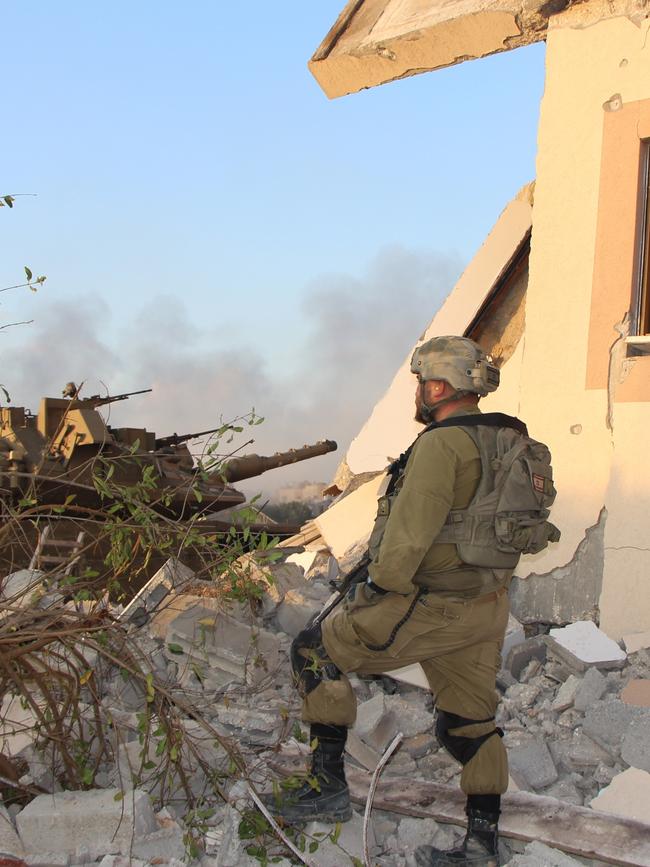
For the fighters of the 36th Division, holed up deep in the ruined landscapes of Gaza, the objective and the way towards it are very clear. “The enemy doesn’t hold life sacred. He holds death sacred,” Tourjeman told me, “but whatever ethos or legends he’s built for himself, we need to fight that enemy, and to kill who we need to kill.” The remaining question is whether they will be afforded the time to complete the mission.
Jonathan Spyer is director of the Middle East Centre for Reporting and Analysis. He is the author of Days of the Fall: A Reporter’s Journey in the Syria and Iraq Wars.



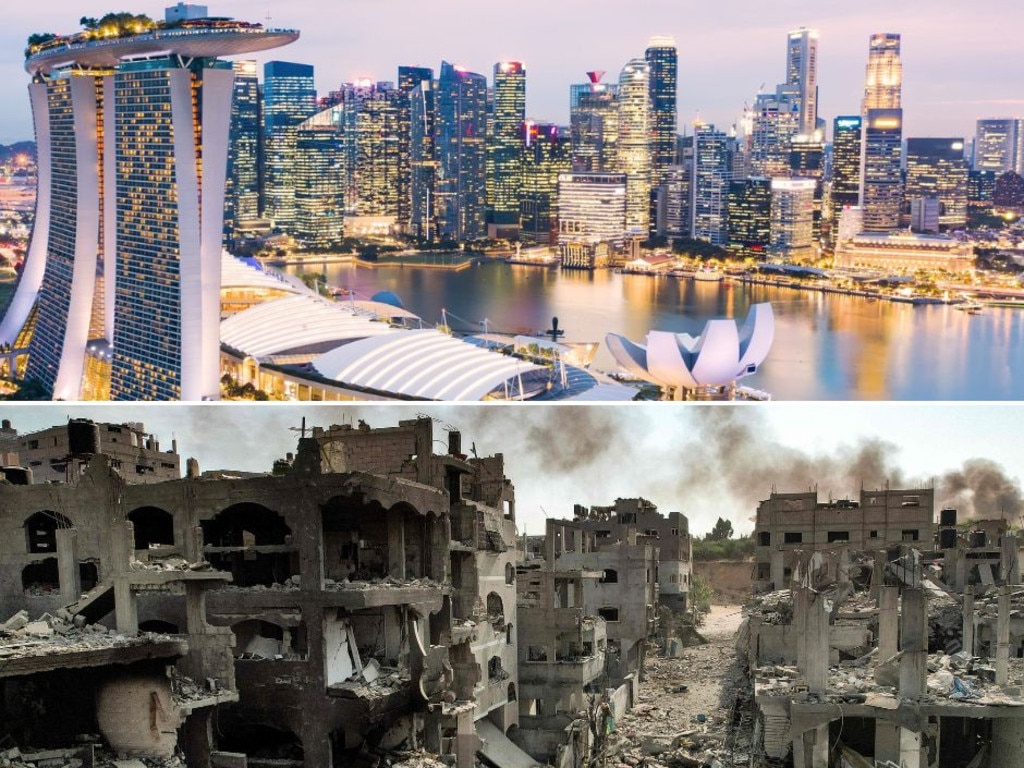




“We receive a target from this or that means of intelligence,” Lieutenant-Colonel Tal Tourjeman told me, as we sat hunched in the darkness of one of the houses held by his battalion in the Shejaiya neighbourhood of Gaza City.